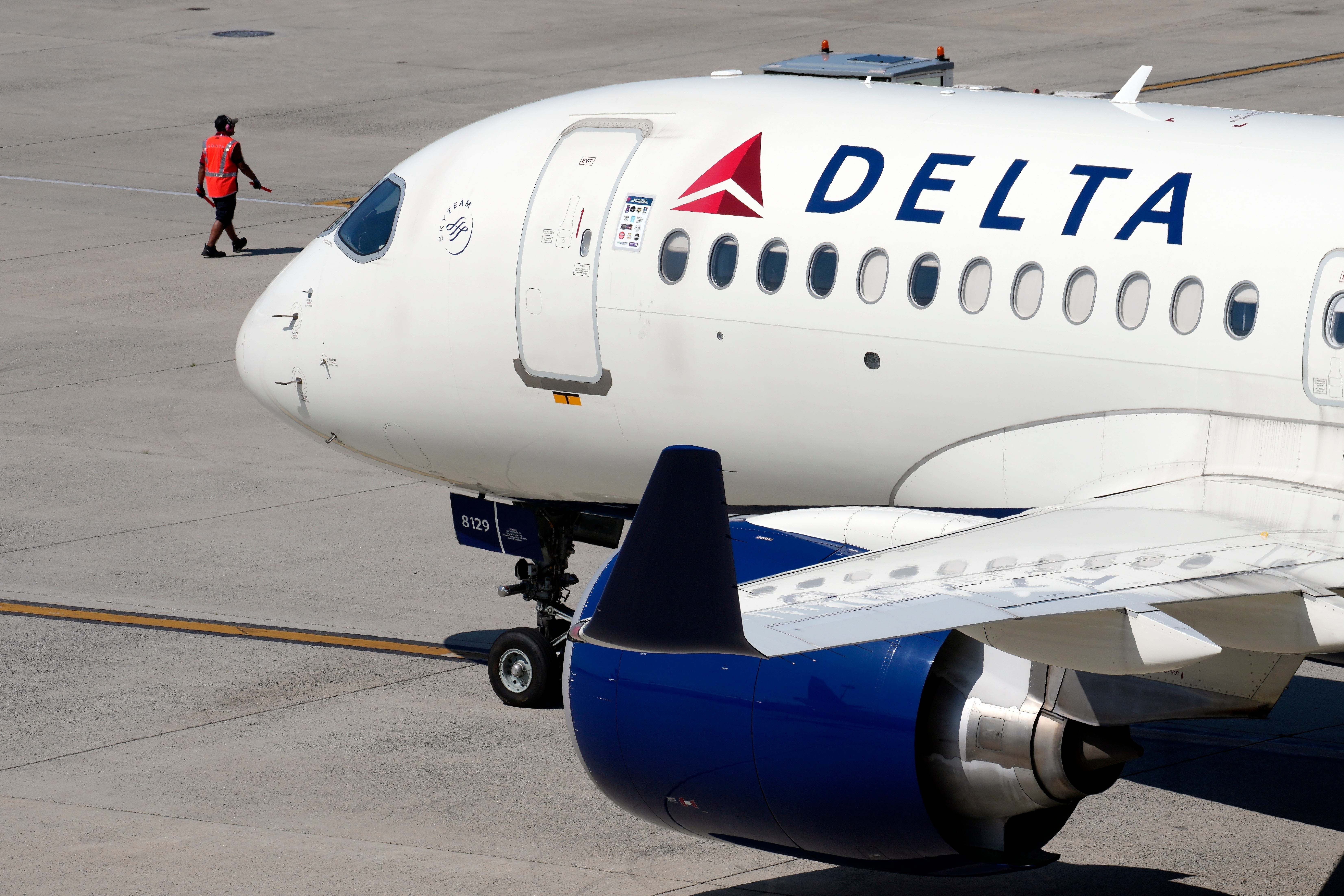A Delta Airlines flight had to return minutes after takeoff as passengers’ noses began bleeding when the cabin failed to pressurize as it climbed high into the air.
The Boeing 737-900 plane departed from the Salt Lake City airport around 8.30 a.m. and was headed to Portland International Airport. Shortly after takeoff, passengers said they began experiencing pressure in their noses and eardrums.
One passenger said it felt like someone was stabbing her in the ear. She felt her ear pop from the cabin pressure and then begin to bubble.
“I grabbed my ear, and I pulled my hand back, and there was blood on it,” Jaci Purser told KSL TV.
Passengers said they felt the plane dip shortly after takeoff. The plane started circling the Salt Lake City area and then returned back to the airport.

The FAA said the airline reported a possible “pressurization issue” as the plane crossed 10,000 feet and is investigating the incident. The Independent has contacted Delta Airlines and Boeing for comment. Passengers claim that Delta did not tell them about the pressurization issues or why they had to turn back.
In a statement to KSL TV, Delta confirmed the pressurization issues but did not state what caused it.
Valerie Walker, a retired Delta Air Lines pilot who spoke to the outlet, said the plane’s captain most likely saw the cabin pressurization issue, heard it and tried to solve the problem while in the air before returning back to the airport.
“Airplanes only make money when they’re in the air,” she said. “Plus, we have people that have to go somewhere. They have to make connections. If it’s safe, and we can fix it in the air, we’ll do it. If there’s any doubt that it poses a safety problem, then no, we go to the nearest airport where we can get it fixed and land.”
Something like this, Walker stated, is not likely to be caused by pilot error. Paramedics tended to the injured after the plane arrived back at the airport. The airline told the outlet that 10 people were evaluated by paramedics. However, some might have sought medical treatment on their own after landing.
Purser said that she went to the hospital and…
Click Here to Read the Full Original Article at The Independent Travel…
